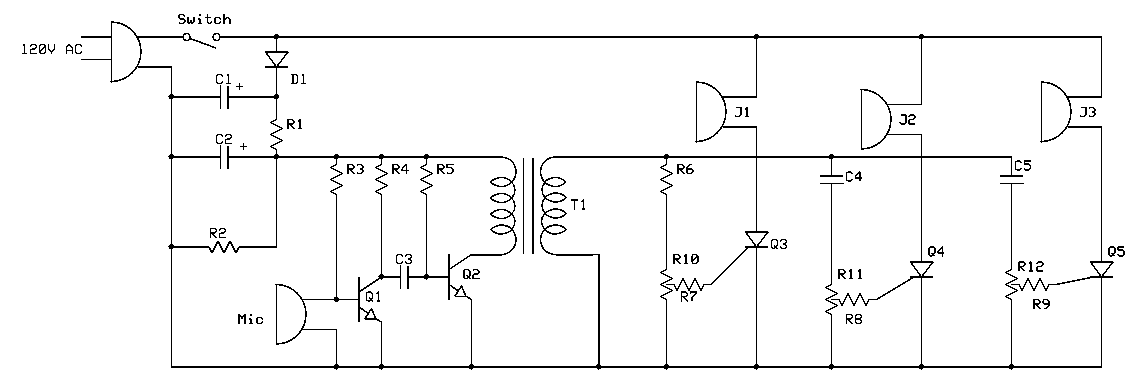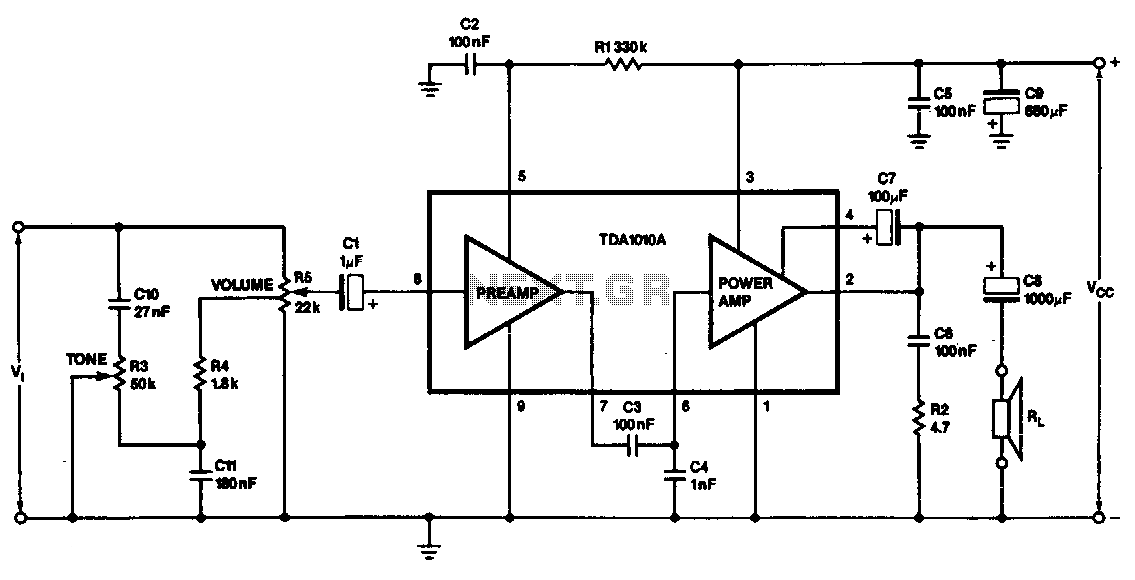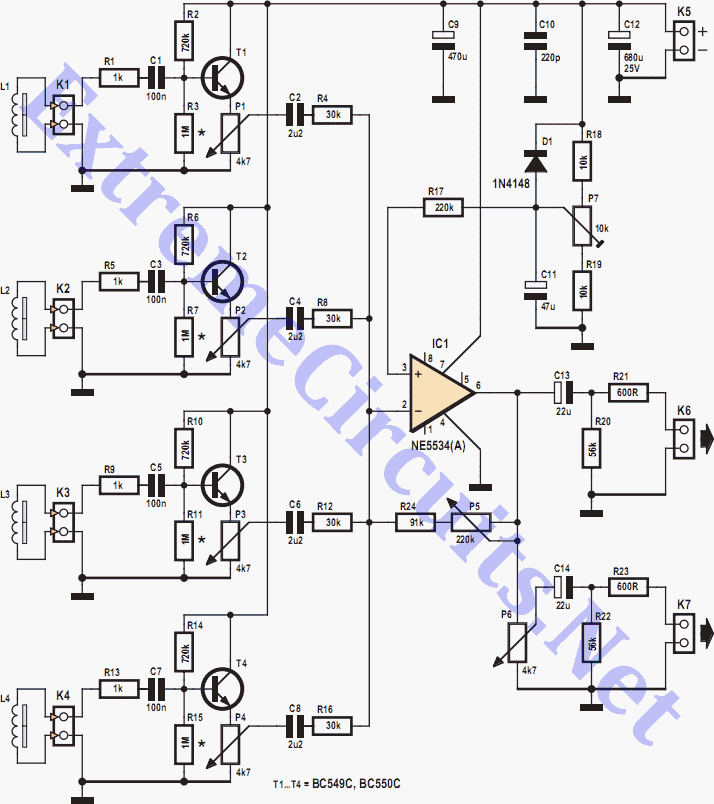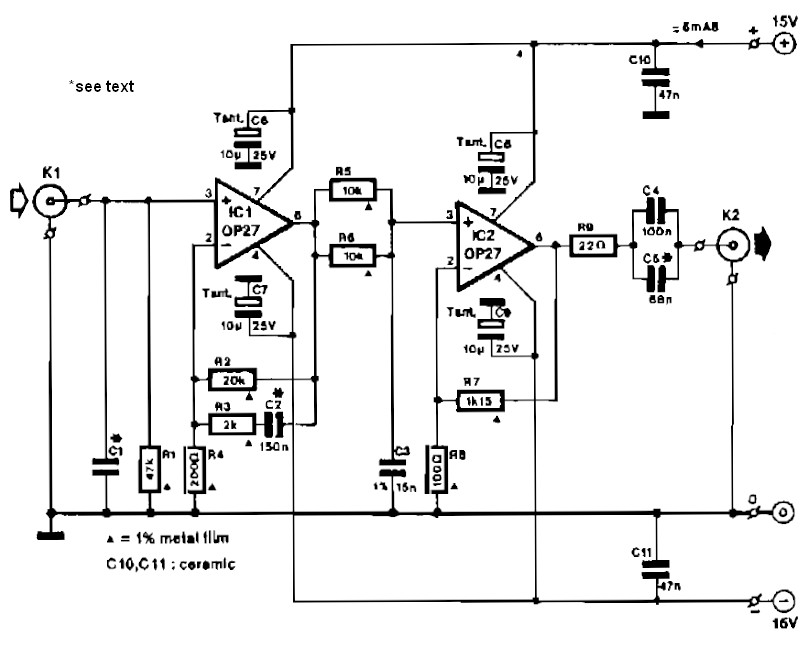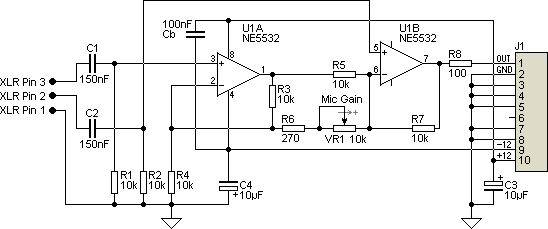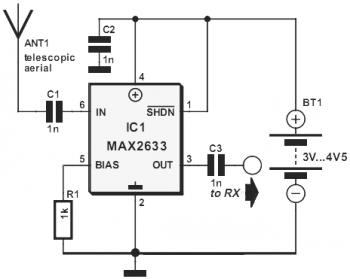
Hammond C2 Organ preamp
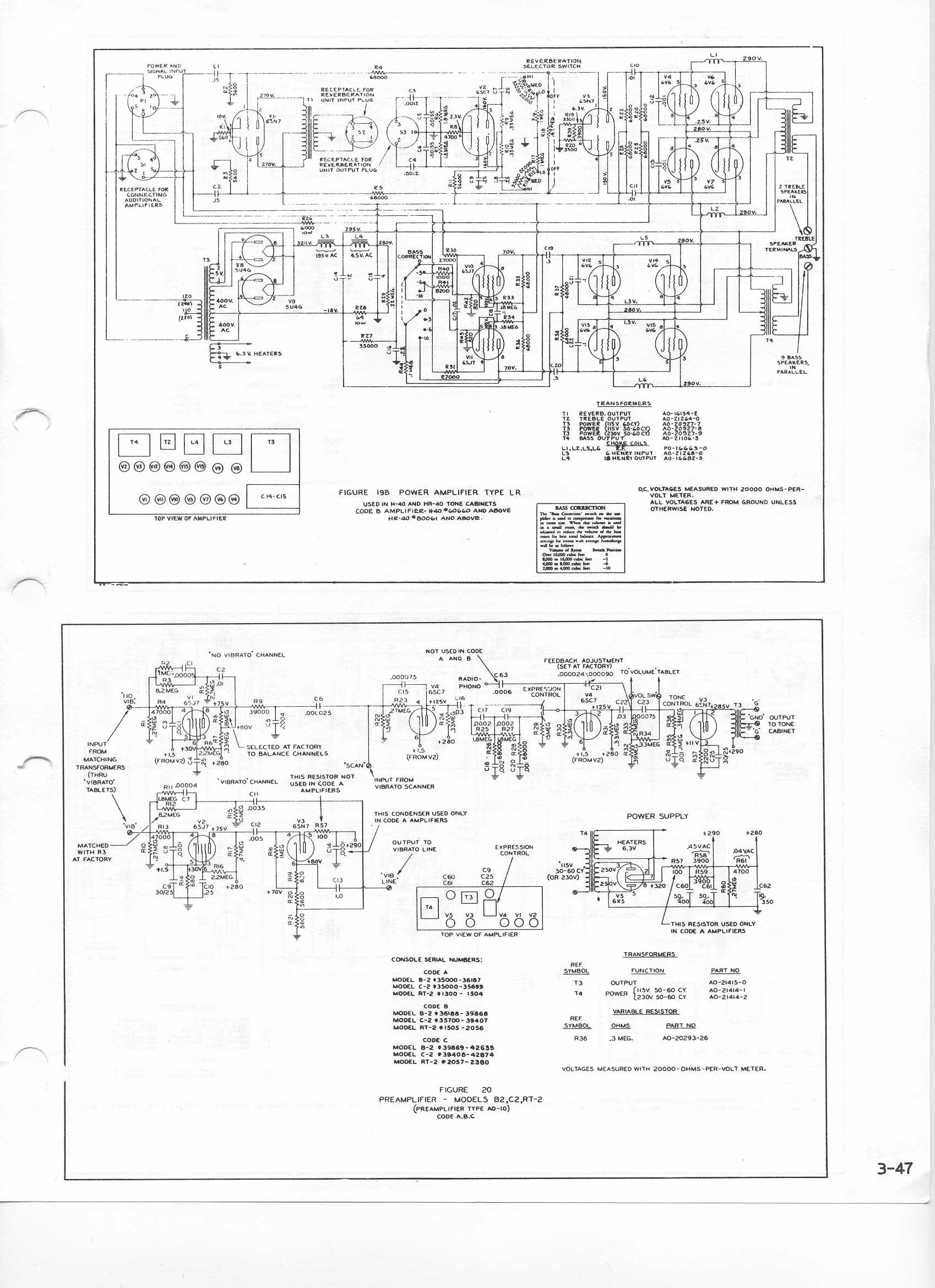
During a practice session on a Hammond C2 organ, the sound unexpectedly diminishes and becomes soft to the point of being inaudible.
The Hammond C2 organ is an electromechanical instrument that utilizes a unique tonewheel generator system to produce sound. It features a set of tonewheels that rotate past electromagnetic pickups, generating audio signals that can be manipulated through various controls, including drawbars and percussion settings.
A common issue that can lead to a sudden decrease in sound output, as described, may involve several potential causes. One possibility is a malfunction within the tonewheel generator, which could result from mechanical wear or electrical failure. Additionally, the connections between the tonewheel generator and the output circuitry may have developed a fault, leading to signal loss.
Another factor could be related to the organ's power supply. Fluctuations or inadequate power can affect the performance of the instrument, resulting in diminished sound. The organ's internal components, such as capacitors or resistors, may also be degrading, affecting the overall sound quality.
To troubleshoot this issue, it is advisable to check all electrical connections for integrity and ensure that the power supply is stable and adequate. Testing the tonewheel generator and its associated circuitry with an oscilloscope can help isolate the problem. If necessary, replacing faulty components or cleaning contacts may restore the organ's sound output to its intended level.
In conclusion, understanding the electronic architecture of the Hammond C2 organ can aid in diagnosing sound issues effectively, ensuring that the instrument performs optimally during practice and performance sessions.So there I was, ripping out a solo during a practice on my ""new"" Hammond C2 organ and the sound falls away and gets soft to the point of no.. 🔗 External reference
The Hammond C2 organ is an electromechanical instrument that utilizes a unique tonewheel generator system to produce sound. It features a set of tonewheels that rotate past electromagnetic pickups, generating audio signals that can be manipulated through various controls, including drawbars and percussion settings.
A common issue that can lead to a sudden decrease in sound output, as described, may involve several potential causes. One possibility is a malfunction within the tonewheel generator, which could result from mechanical wear or electrical failure. Additionally, the connections between the tonewheel generator and the output circuitry may have developed a fault, leading to signal loss.
Another factor could be related to the organ's power supply. Fluctuations or inadequate power can affect the performance of the instrument, resulting in diminished sound. The organ's internal components, such as capacitors or resistors, may also be degrading, affecting the overall sound quality.
To troubleshoot this issue, it is advisable to check all electrical connections for integrity and ensure that the power supply is stable and adequate. Testing the tonewheel generator and its associated circuitry with an oscilloscope can help isolate the problem. If necessary, replacing faulty components or cleaning contacts may restore the organ's sound output to its intended level.
In conclusion, understanding the electronic architecture of the Hammond C2 organ can aid in diagnosing sound issues effectively, ensuring that the instrument performs optimally during practice and performance sessions.So there I was, ripping out a solo during a practice on my ""new"" Hammond C2 organ and the sound falls away and gets soft to the point of no.. 🔗 External reference
